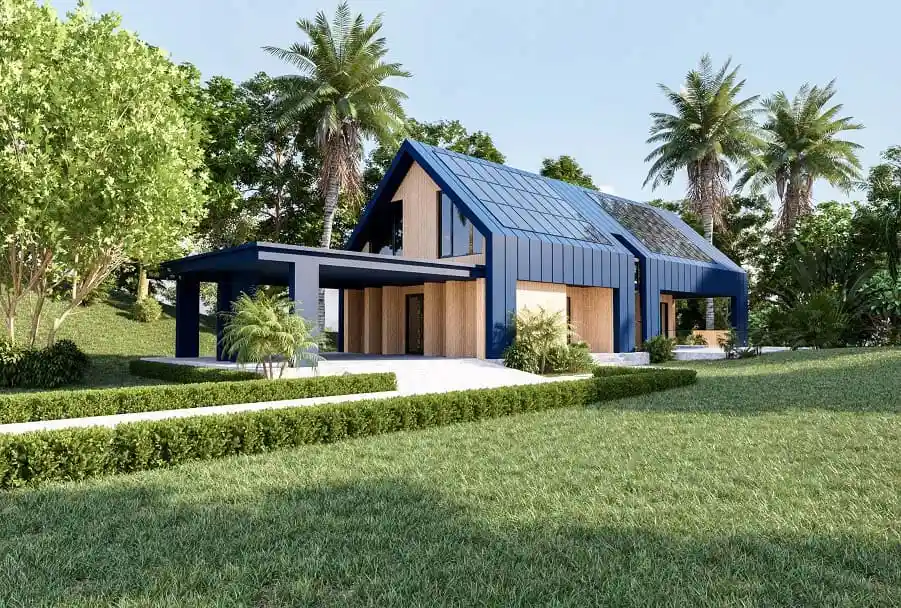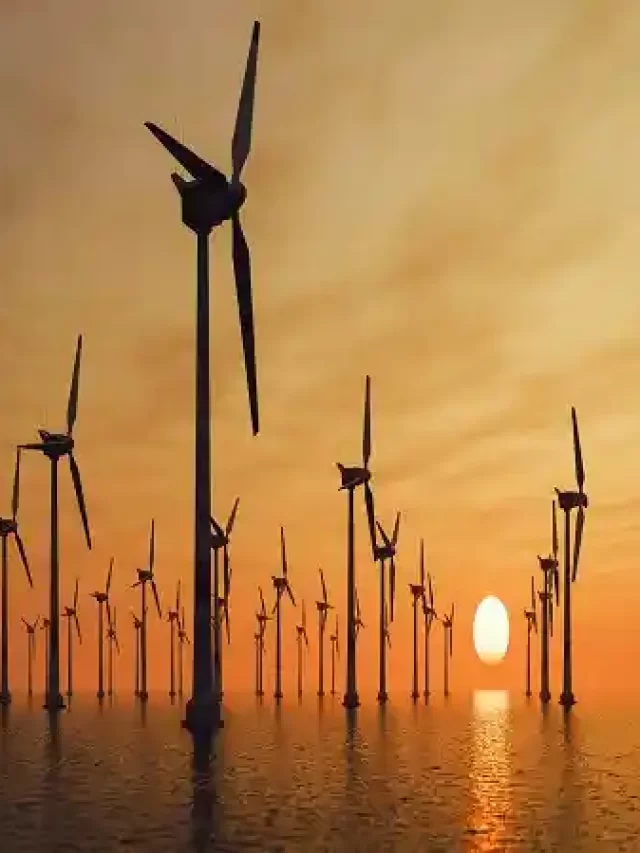Have you been exploring the advantages and benefits of a self-sufficient home? Most people limit themselves to energy independence when they come across the word. However, self-sufficiency goes beyond that.
A self-sufficient home doesn’t depend on the grid for power or water, reduces carbon emissions immensely and reduces reliance on external sources as much as possible. If you are building a custom home, you are in the perfect position to go self-sufficient.
Steps to build your self-sufficient sanctuary:
1. Use sustainable materials
Self-sufficiency starts right from the building materials. Stick to locally sourced and recycled materials to take advantage of green government incentives. Governments provide that incentive to meet their net-zero target and adopting those materials also minimizes the carbon footprint of your home. Sometimes, sustainable materials are also great for insulation.
2. Cut down on energy consumption with robust insulation
You can cut down on your energy needs by an incredible amount with the right insulation materials. According to Kelowna’s luxury custom home builders, the ideal insulation materials can help you cut down on power consumption by as much as 60%. The perfect materials keep the cold out and the heat in to keep you comfortable while stressing your energy generation system as little as possible.
Some of the best insulation materials include compressed soils, foam energy bricks, insulation concrete, and more. Custom home builders also use innovative techniques like solid wall insulation boards to increase energy efficiency. On the other hand, doors and windows must be triple-paned with proper weather stripping to minimize leaks.
3. Install renewable power generation capacity
You’ll need to calculate the potential energy use of your home before you can install any power generation capacity. Several online calculators can help you with the calculation. However, most of them tend to be inaccurate estimations that can’t come close to the accuracy provided by professionals. Once you have a figure, it’s time to consider all the available options for power generation.
The best custom home builders near me evaluate solar, wind and ground sources of energy and choose the best option or a combination that works well for their clients. Solar panels are the most popular and affordable option. Wind is usually avoided since it can be quite loud. However modern domestic wind power generators can be quiet and effective and complement the solar panels on cloudy and windy days.
4. Install energy storage capacity
Whether you are trying to go off the grid completely or partially, energy storage capacity is essential. It adds to the power reliability of your property. When you aren’t generating power or drawing from the grid, your bespoke home draws power from the energy storage capacity. To achieve energy efficiency, make sure to electrify everything inside your home. From heating sources to your car and everything in between.
5. Cut down on water consumption
Reducing the consumption of fresh water is another component of self-sufficiency. Instead of lawns, focus on self-sustaining green spaces with local plants that have adapted to the local climate. Custom home builders in Kelowna, BC also recommend adding water collection and recycling capacity in the form of rainwater harvesting systems. A stormwater harvesting system is also quite effective and can suffice your garden and outdoor water supply on its own.
Four reasons to build a self-sustaining home:
- Fewer utility or power bills – Whether you’re completely off the grid or trying to reduce your dependency on it as much as possible, you won’t need to worry about bills as often. Moreover, some provinces and cities provide tax benefits for going green and not using public services.
- Reliable water and power supply – The climate crisis brings unpredictable changes and affects public infrastructure regularly. No wondercustom home builders in Kelowna are increasingly recommending their clients for self-sufficient homes to make their water and power supply more reliable.
- Lower premiums – Some insurance providers lower the premium for homeowners for adapting energy-efficient systems and sustainable materials.
- Higher resale value – Net zero homes are becoming increasingly popular and self-sufficient homes have a meagre maintenance cost. That’s why they usually sell for a higher markup.
Embrace independence by following these steps for a self-sufficient home. Integrate eco-friendly materials with renewable energy to craft your own oasis. Unlock lower bills, reliable utilities, and higher resale value when you create a self-sustaining home for yourself.
In our previous article, “5 Elements That You Often Forget When Building a Custom Home,” we explored key considerations for creating a personalized living space. Now, continue your journey towards sustainable living with our new guide on building a self-sufficient home, providing insights into eco-friendly materials, renewable energy integration, and the many benefits of embracing independence.


